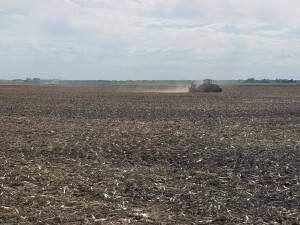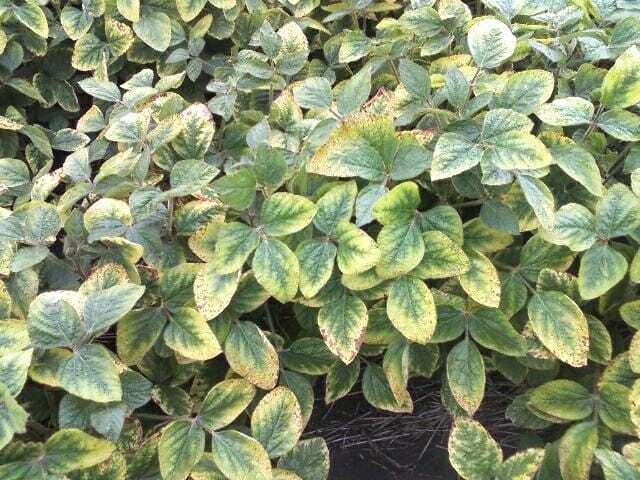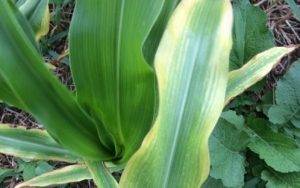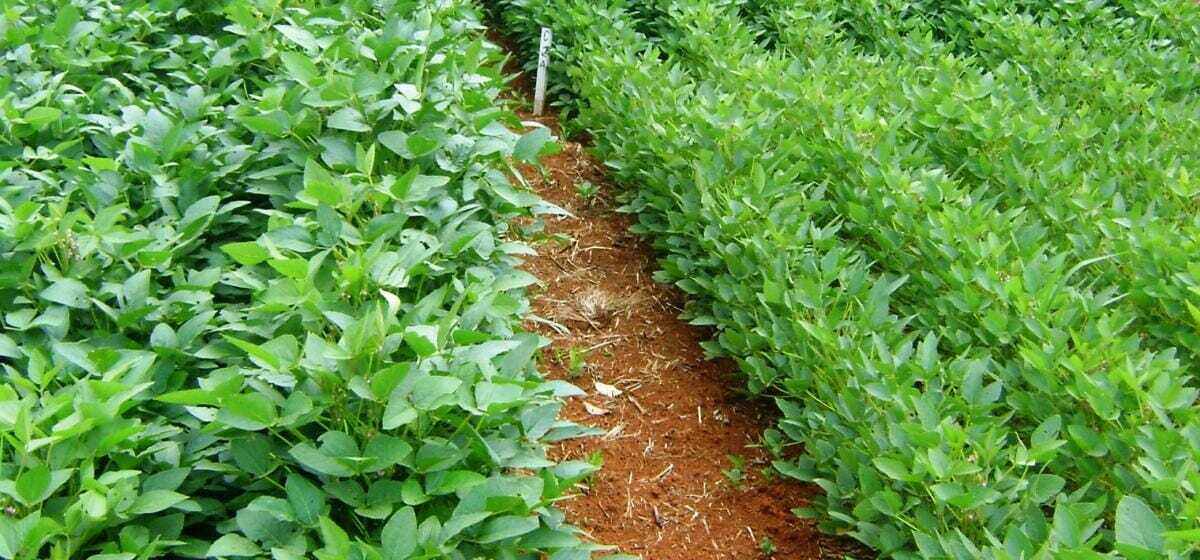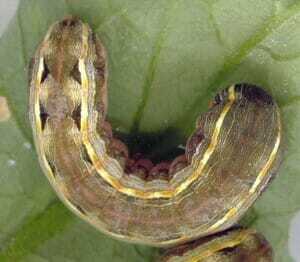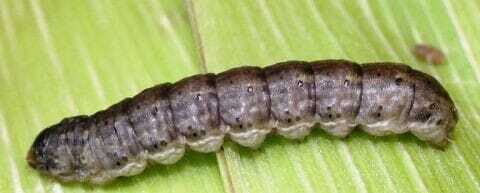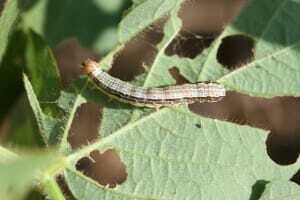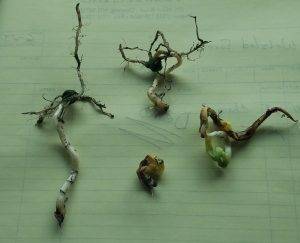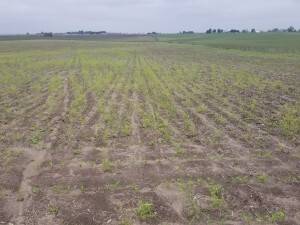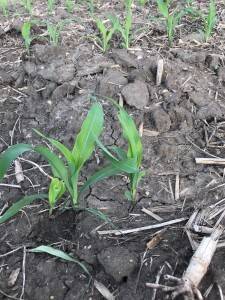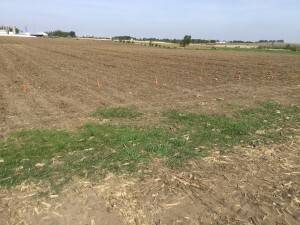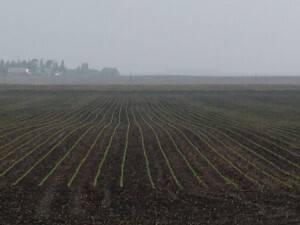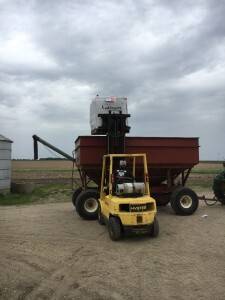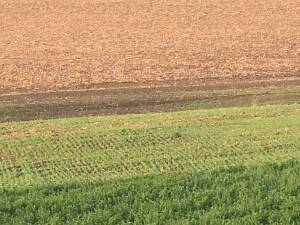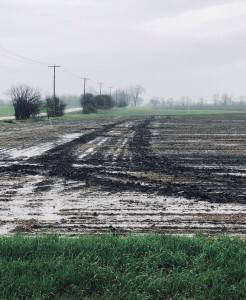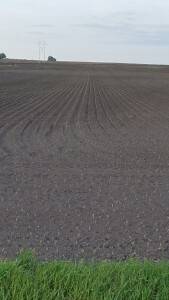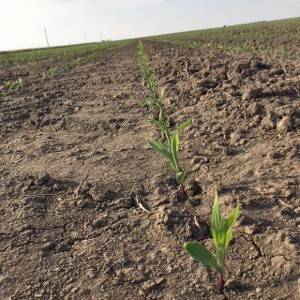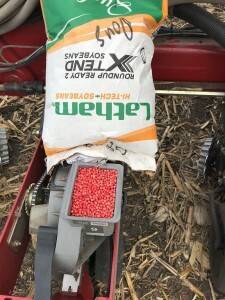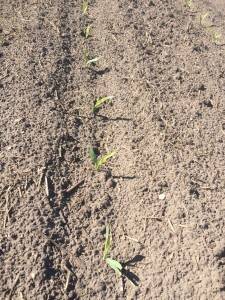EASTERN IOWA
Jerry Broders
Crops are moving along quickly in Eastern Iowa. Planting is almost complete, so the race is on to apply post-emergent herbicide and to side-dress nitrogen. Pictured here is of Latham SuperStrip plot planted near Eldridge.
CENTRAL IOWA
Bryan Rohe
Farmers in my Central Iowa territory are 100% planted, both corn and soybeans. Corn looks good and is rooting down with this dry weather. Soybean stands have been compromised were the ground crusted over, creating a challenge for some soybeans to emerge. We really need a soaking rain.
NORTHEAST IOWA & SOUTHEAST MINNESOTA
Craig Haaland
Our popular LH 5505 VT2 PRO RIB is coming along nicely in northern Iowa. Corn planting is 90% done and soybeans are about 80% planted. A lot of soybeans went in the ground during the past week. It’s been a long spring and recent rains have slowed the planting process. Farmers are eager to finish planting.
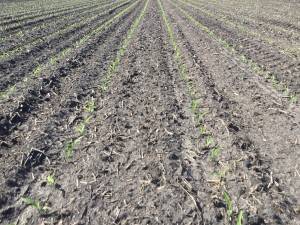
WEST NORTH CENTRAL IOWA
Bart Peterson
The field of L 1958 L was planted April 25 at a population of 130,000 near Odebolt, Iowa, by Latham® dealer Troy Johnson. This photo was taken May 21.
NORTH CENTRAL IOWA & SOUTH CENTRAL MINNESOTA
Cory Greiman
This picture, taken Monday night, sums up our strange spring weather. More than 10,000 people in North Iowa were without electricity on May 28 after torrential rain, marble- to dime size hail and wind gusts of 70 miles per hour hit the area.
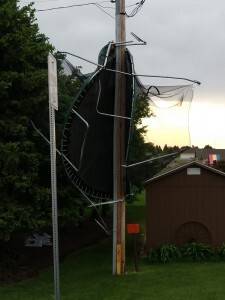
NORTHWEST IOWA
Darin Chapman
Due to a stretch of dry weather, Latham® Hi‑Tech Soybean SuperStrip plots are going in at a rapid pace across Northwest Iowa! A stretch of 100-degree days and saturated soils have growers amazed at the quick emergence. We hope for continued sunshine and timely rainfall the rest of this growing season. We also look forward to the results from these SuperStrip plots, which help us decide which existing and experimental products to keep in the Latham lineup.
WESTERN IOWA & EASTERN NEBRASKA
Larry Krapfl
Rural residents are known for coming together and helping their neighbors when the going gets tough. That’s exactly what happened May 26, when friends and neighbors united in Emerson, Neb., to put in the crop for Virgil and Irene Rasmussen.
Virgil, who has been diagnosed with leukemia, was deeply touched by the generosity of local farmers. I’d like to express a big THANK YOU to everyone who participated in our community planting day:
- Virigil and Irene’s son, Troy, ran his own tractor and planter;
- Rod Rohde ran his John Deere tractor and 40-foot drill;
- Dennis Rohde planted Kirby Lamp’s soybeans, which freed up Kirby to plant at Virgil’s;
- Kirby ran Virgil’s tractor and planter;
- Kirby’s son, Kendrick Lamp, and my son, Kayl Krapfl, kept busy delivering seed to planters in different fields;
- Dan Starzle brought his tractor and planter;
- Kevin and Rodney Bonderson brought their tractor and planter plus a seed tender;
- Mel Hansen ran for parts fixed broken planters, as well as helped with a soybean test plot; and
- My wife, Tracie Krapfl, and Kayl’s fiancé, Amy Klein, kept everyone fed and hydrated. They also took photos plus helped put in the Latham® test plot.
It was an extremely hot and tiring day, but everyone pulled together and pulled off a huge job! So many seeds of kindness were planted last Saturday.
SOUTHERN WISCONSIN
Greg Mair
Fields that have been in the roughest shape this spring seem to have been planted consistently on May 8. Cooler temps and above-normal precipitation after planting have delayed germination and growth in these fields across southern and eastern Wisconsin.
Meanwhile in Watertown, this LH 5245 VT2 PRO RIB looks pretty good. This hybrid was planted May 8 in a Latham® SuperStrip plot.
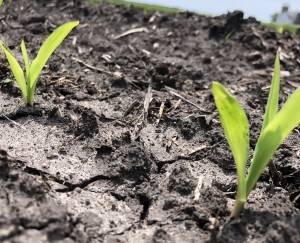
SOUTHERN MINNESOTA
Jay Nelson
Is it too early to talk about next year’s planting schedule? We’ve experienced one environmental challenge after another this spring.
Latham Hi‑Tech Seeds offers premium seed treatment with three modes of action on fungi. Soybeans are impacted by the environment, but you can protect yield with seed treatment. While many people blame IDC for poor stands, it’s been my experience that Rizocctonia is a larger issue.
How is your corn doing with Mycoryzae syndrome (purple corn?) Latham Hi‑Tech Seeds offers products like 5099/4437/ 4454/ 4455 that work well in these environments. Corn after sugar beets can be tough to manage, but Latham Seeds has the answer.
NORTHERN MINNESOTA
Ken Highness
Summer-like weather, beach towel, new Latham® cap and an afternoon with her dad in the field near Ardoch, ND… what more could a little girl want? Her bright smile says it all!
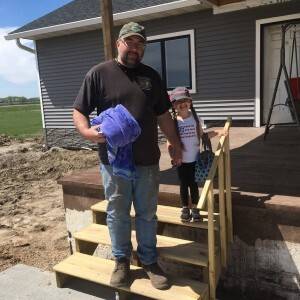
SOUTHEAST SOUTH DAKOTA
Ramie Coughlin
There are still a lot of soybean acres to be planted in Southeast South Dakota. With all the moisture we’ve received this combined with temperatures of 90 degrees and higher, seedlings are popping out of the ground quickly!
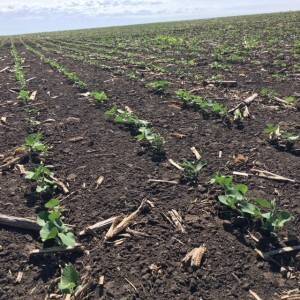
NORTHEAST SOUTH DAKOTA
James Keltgen
The earliest planted corn is nearing V5, and soybeans have been emerging quickly also with the warm weather. Soybean planting is in full force in the east and is nearing completion in the central areas. Planting progress continues as four days of temperatures in the 90s dried out many fields. Unfortunately, areas to the west are still waiting for moisture while wetter areas continue to get the rains.
SOUTHEAST NORTH DAKOTA
Gary Geske
Soybeans can be impacted by decisions the decisions you make at this time in their development. Many herbicides used as a pre-emerge can injure soybeans before emergence or as they’re just cracking the ground. If you roll the ground after planting, make sure the beans are not hooking or just emerging because that’s when they’re most sensitive to breaking off. If you must roll beans after emergence, wait until they are 3 to 4 inches tall and do it on a warmer day so the seedlings are more flexible and will rebound quicker.
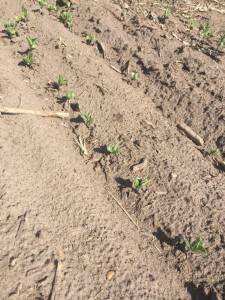
EASTERN NORTH DAKOTA
Brian McNamee
This picture doesn’t do justice to the amount of planting/seeding that was going on within a two-mile radius of where we were planting this test plot. At one time, I counted seven different units plus ours. Farmers here are really close to being done with planting. Rains continue to be spotty. It seems like the rain falls where it’s not needed but misses other areas that are in dire need of moisture. Crops are starting to show drought stress and growing progress is slow in areas where less than half an inch has fallen since April 1. To quote one of my northern ranchers, “It’s so dry here that flies and mosquitos are dying of thirst!”
